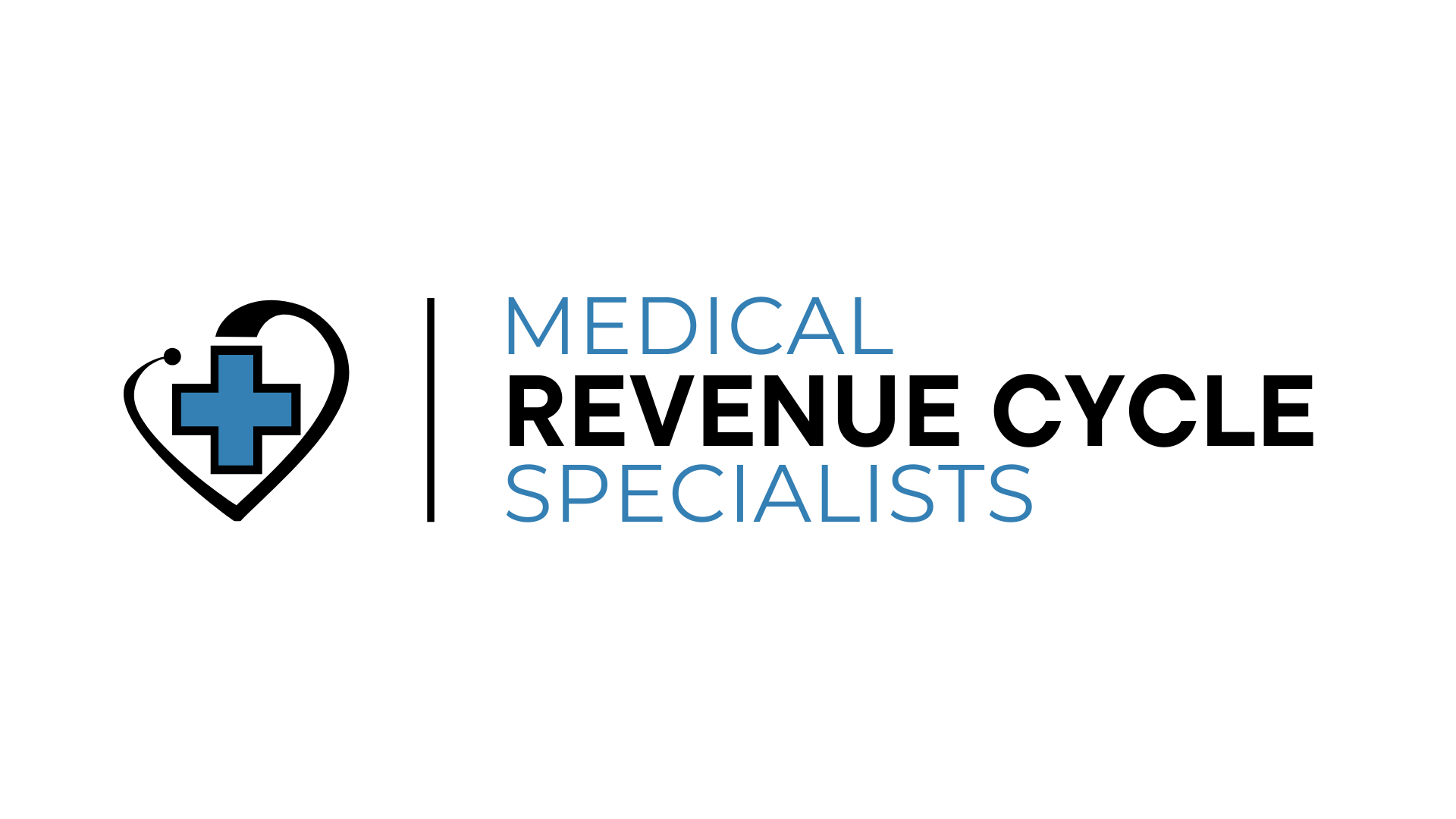Navigating the New Landscape of Form I-9 and Remote Verification: What Employers Need to Know
- Nick Fernandez

- Aug 11, 2023
- 2 min read

In the realm of workforce management, compliance with immigration regulations stands as a critical responsibility for employers across the United States. The recent developments surrounding the Form I-9, Employment Eligibility Verification, have ignited significant changes that employers must swiftly adapt to. As of August 1, 2023, a new Form I-9 has been introduced, accompanied by a transformed process for remote document verification. Let's delve into the intricacies of these changes and their implications for employers.
A Streamlined Approach: The New Form I-9
On July 21, the United States Citizenship and Immigration Services (USCIS) unveiled a revamped Form I-9, signifying a departure from its previous iteration. Notable for its streamlined design, the new form condenses Sections 1 and 2 onto a single page while retaining crucial information. Employers are empowered with an enhanced tool that can be effortlessly completed on electronic devices, fostering efficiency and ease.
One key alteration is the introduction of separate, standalone supplements, namely Supplement A and Supplement B. These supplements address the preparer/translator certification (Supplement A) and reverification/rehire (Supplement B) aspects, respectively. This modular approach allows employers to cater to specific scenarios more effectively and reduces clutter within the primary form.
The revamped Lists of Acceptable Documents page showcases expanded guidance and links related to automatic extensions of employment authorization documentation. Additionally, a new checkbox has been integrated, enabling employers to indicate the use of a DHS-authorized alternative procedure for document examination, marking a pivotal shift towards remote verification.
Remote Verification: Navigating the Changes
A seismic shift in the Form I-9 process is the evolving landscape of remote document verification. Acknowledging the dynamics of a changing workforce, the Department of Homeland Security (DHS) has introduced provisions that enable employers to implement alternative document examination procedures, such as remote verification. This endeavor aligns with the modern realities of employment, where remote work has become a cornerstone.
For employers enrolled in E-Verify and in good standing, the option for remote verification remains accessible. This avenue demands a meticulous process that includes a live video interaction with the employee, the retention of document copies, and the creation of E-Verify cases for new hires. This alternative approach bridges the gap between remote employment and regulatory compliance, ushering in a new era of flexibility.
Balancing Compliance and Efficiency
The reimagined Form I-9 and the emergence of remote verification procedures underscore the ever-evolving landscape of workforce management and immigration compliance. Employers are presented with a unique opportunity to embrace modern technology while upholding their obligations to verify the eligibility of their employees to work in the United States.
As employers navigate this transition, the significance of legal compliance cannot be overstated. The changes come with a degree of complexity, requiring employers to align their practices with the updated regulations to avoid potential penalties. Seeking legal guidance and assistance is instrumental in ensuring a seamless transition and adherence to the new norms.




Comments